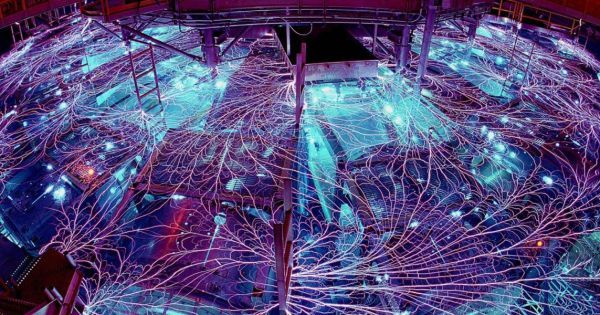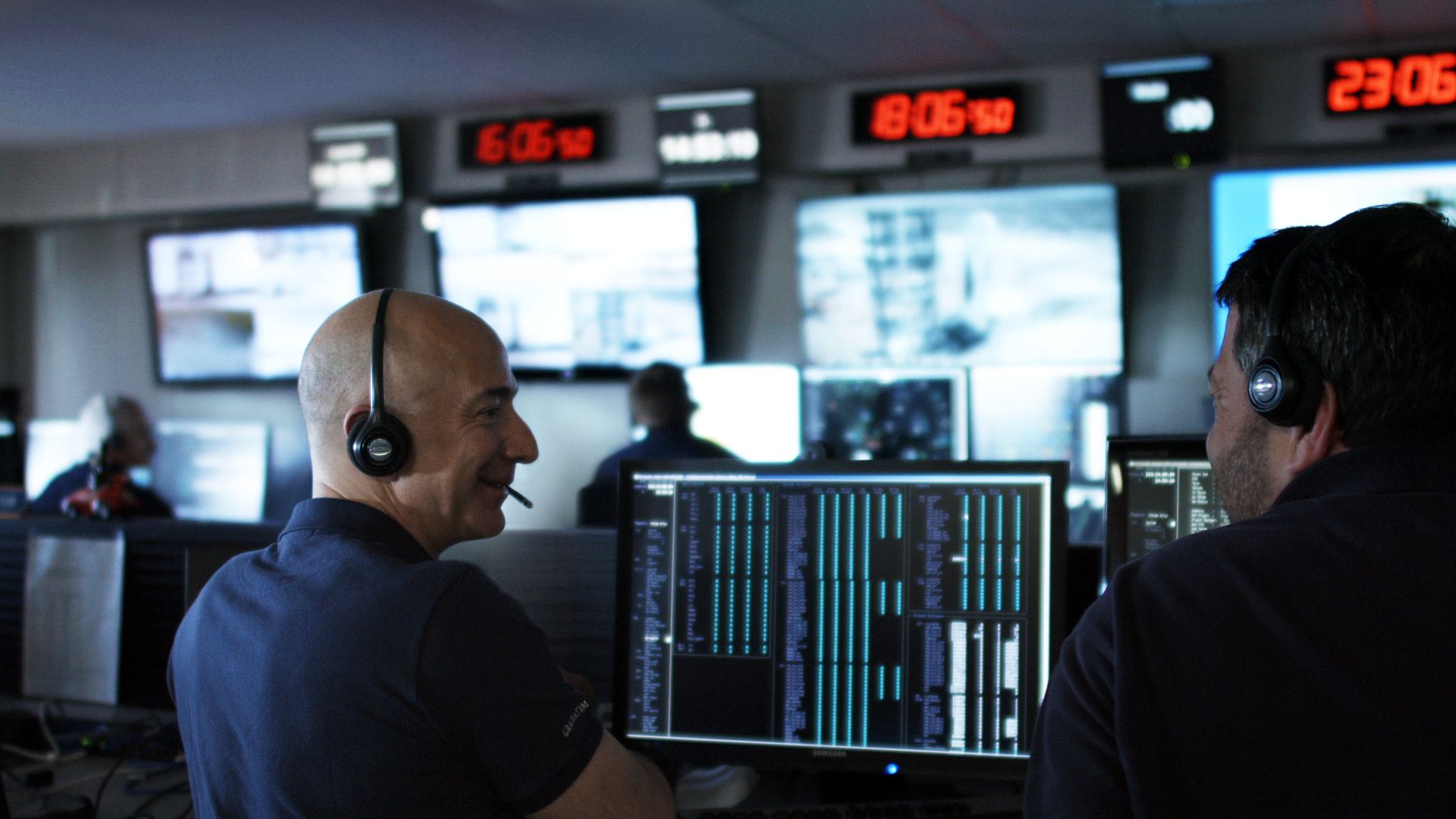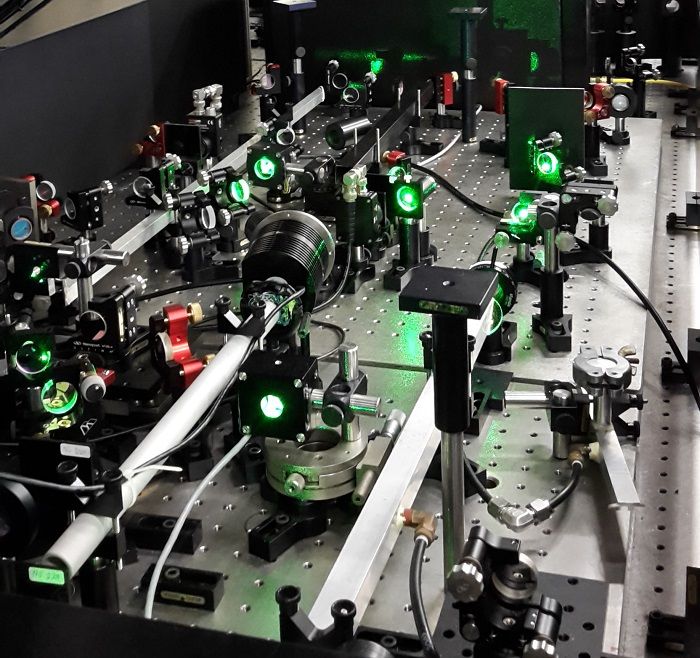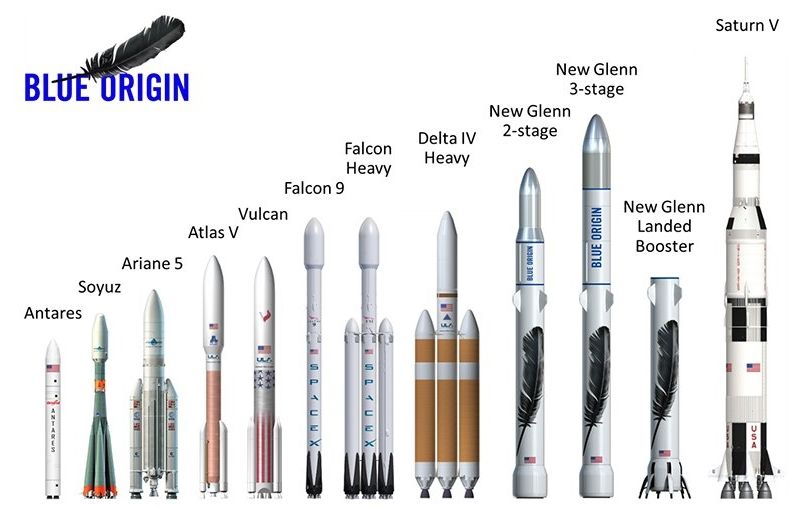Sep 17, 2016
Physicists Are Close to Producing Metallic Hydrogen, And It Could Change Everything
Posted by Elmar Arunov in categories: evolution, physics, space
The implications of the discovery of hydrogen in a metallic form make it a subject of great fervor. Teams are racing toward its use as a superconductor as well as a means of better understanding the universe.
The simplest and most common element, first in the periodic table, shouldn’t be difficult to crack, right? “What could be more simple than an assembly of electrons and protons?” asks Neil Aschcroft, a theoretical physicist at Cornell University. Yet, its supposed metallic form is quite the opposite. Apparently, the physics of hydrogen becomes more complex at high pressures. A sort of mega-evolution.
Hydrogen is naturally at a gaseous state, at room temperature and under atmospheric pressure. But hydrogen becomes solid, given enough of a forceful squeeze or at low temperatures. It also can transform into a liquid, if heat is added while squeezing. What is more confounding is the supposed ability of hydrogen, theoretically, to transform into metal if more extreme conditions are applied.

















